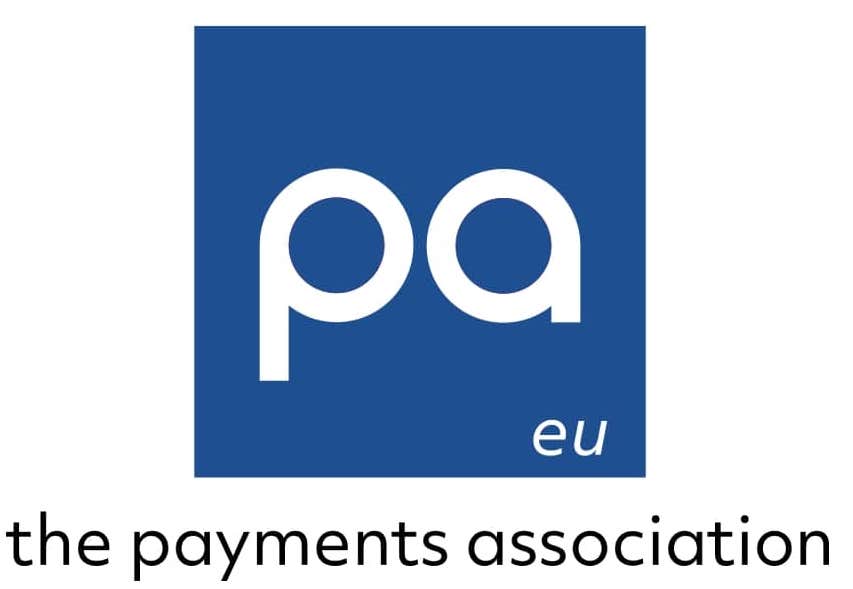How to turn embedded payments into next level customer experience
October 21, 2022

Embedded payments is a way for non-financial organisations to take their full service experience into their own hands. At their best, embedded payments can smoothen out the customer experience, help the customers buy, and keep them coming back for more.When making a purchase or using a service online, the paying part of it usually brings the most friction to the service flow. At the checkout, the customer might be directed outside the service. They might have to log in or register for another service that they didn’t choose for themselves. Or they might end up having to authenticate in a multi-step process.
For modern consumers who expect things to happen fast and effortlessly, this can be a major glitch in the service experience.
The user of the service can’t tell which part of the service flow is provided by you and which part is provided by someone else. They don’t separate between the purchase experience and the payment experience. To them, it is one single service experience. And if that experience is a disappointing one, frustrated customers will blame the organisation that is the most visible to them.
By embedding payments into their service flow, companies can keep the customers in the same channel throughout the service and thus take their full service experience into their own hands.
Embedded payments – what does it mean?
Embedded payments means that the payment process is seamlessly integrated into the service instead of being a separate function. I like to think of embedded payments as the veins that run through all the elements of the service and connect them into a well-functioning system. If the veins are disjointed from the rest of the system, it breaks the flow between the elements. In fact, the term ‘embedded payments’ is a bit misleading, as it puts emphasis on the payments. What embedding payments into the service actually does is that it pushes the payments into the background, making them as invisible to the user as possible.Embedded payments can add value to an existing service but not create it from scratch
No-one particularly enjoys parting with their money. Also, payments have nothing to do with the actual goods or services people are purchasing. The act of paying is a necessary evil that is hard to turn into an inspiring experience even with the best of tools. Companies considering embedding payments into their services need to realise that payments themselves don’t carry value to the customer. But when you already have a service that has value to the customer and a purchase process that is built to match the users’ needs, you can add value to it with embedded payments.Embedded payments can make the one interaction that is standing between the customer and the thing they desire a smooth one.Matti Rusila, Director of Product at EnfuceRead about how mobility players can benefit from embedding payments into their app.
The five steps of making the best out of embedded payments:
- Get to know your customers, their buying journey, and the value they look for in your service.
- Find an embedded payments partner who understands your business and can take the responsibilities you don’t have the capabilities for, such as compliance.
- Figure out how to bring payments seamlessly into your service flow to enhance the customer experience. A good partner will help you do that.
- Pilot the embedded payment features quickly, and continuously measure and develop them with your partner to match the actual needs of your customers.
- Think about whether embedded payments can be turned into new services for extra revenue only after the payments are an integral part of your current services.
